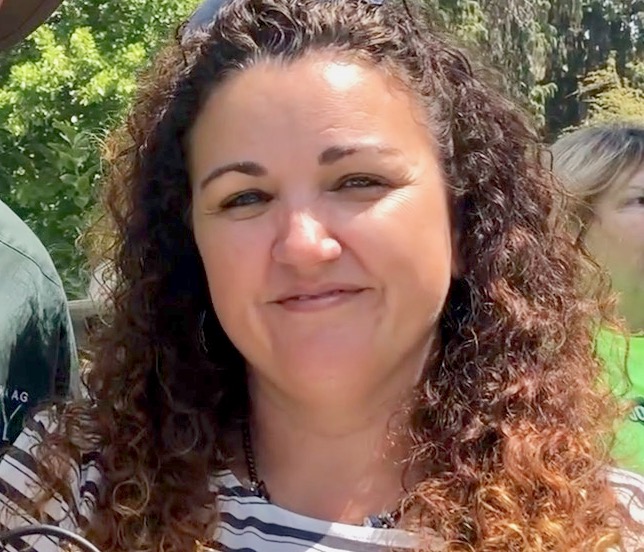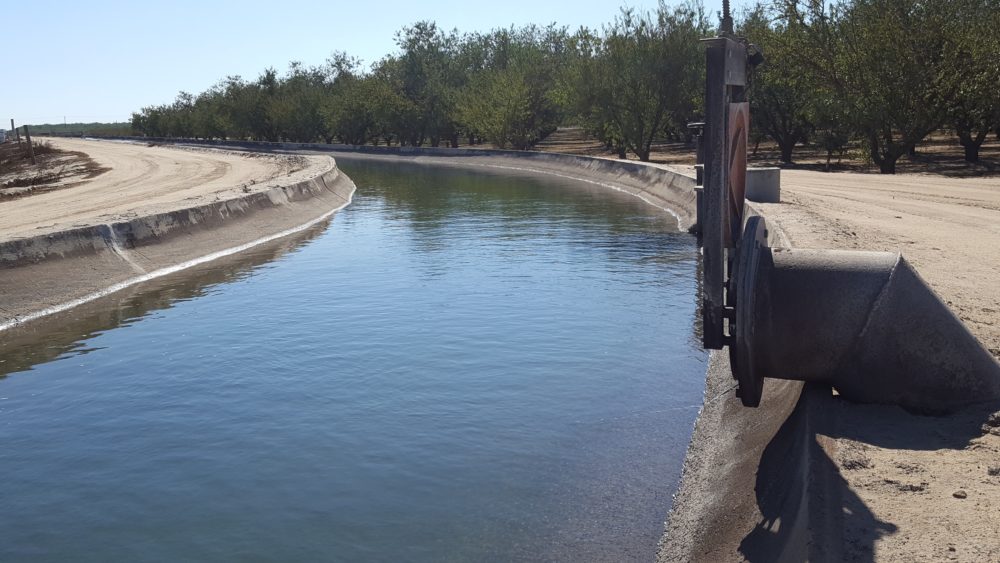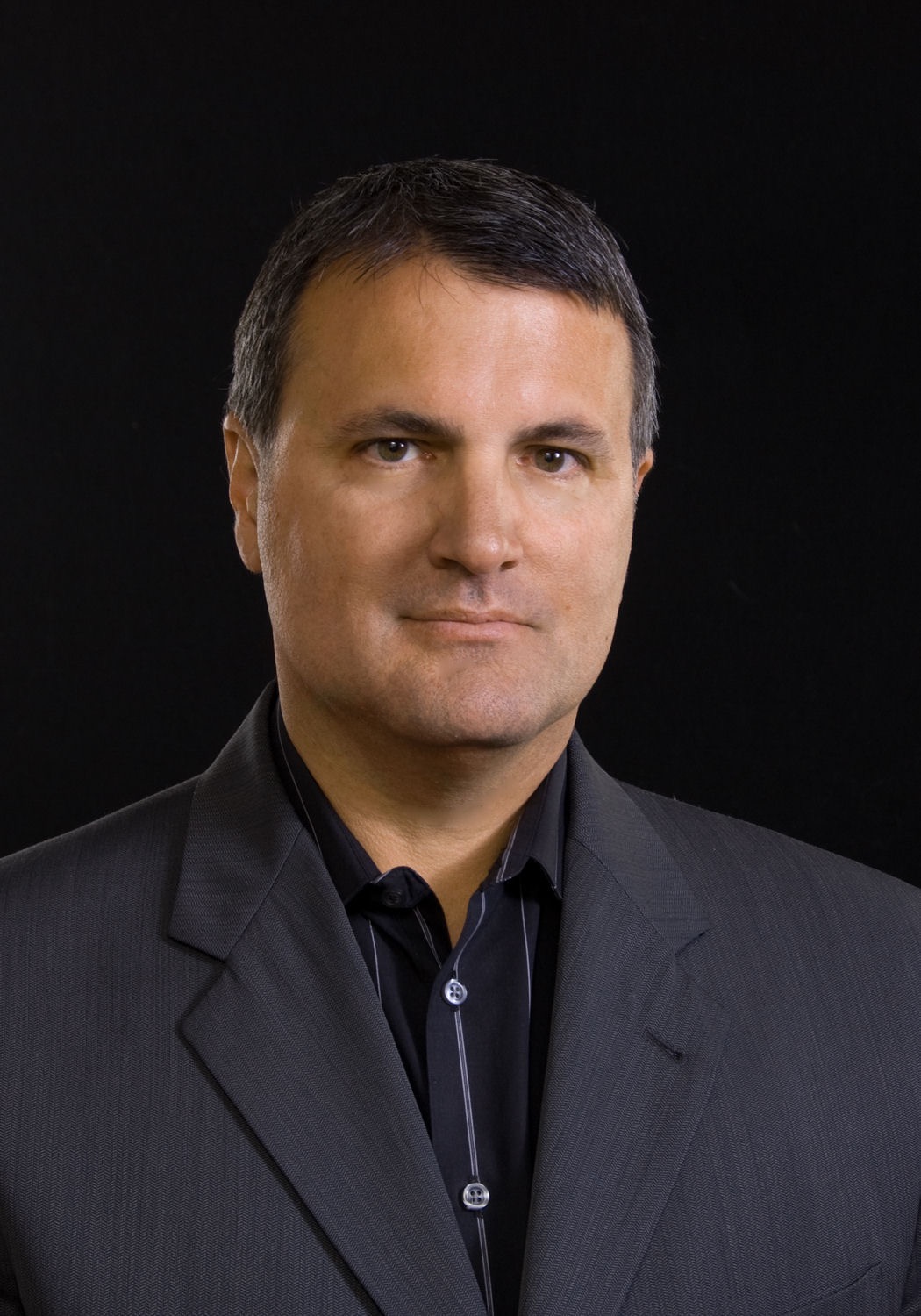Modesto Irrigation District Offers Agreement Package in Lieu of Unimpaired Flows
Major Milestone Achieved in Continued Effort to advance Voluntary Agreements
Districts applaud Governor Newsom’s commitment to Voluntary Agreements
Today, the California Department of Fish and Wildlife and California Department of Water Resources submitted a package of voluntary agreements to the State Water Resources Control Board. The package
– supported by the Modesto Irrigation District, Turlock Irrigation District, City and County of San Francisco and more than 40 other water agencies, resource agencies and non-governmental environmental groups – is being offered as an alternative to the unimpaired flow paradigm adopted by the State Water Resources Control Board last December.
This historic step forward is the result Governor’s Newsom’s commitment to “cross the finish line on real agreements to save the Sacramento-San Joaquin Bay Delta” (State of the State, February 12, 2019). Under the leadership of Cal-EPA Secretary Blumenfeld and Natural Resources Agency Secretary Crowfoot, MID, TID, Sacramento Valley water users and non-governmental organizations finalized river-specific project descriptions and a planning agreement.
“Governor Newsom’s commitment to the voluntary agreement concept has been evident since the day he took office,” TID General Manager Casey Hashimoto said. “He’s dedicated significant amounts of his administration’s time and resources to work collaboratively with water users and environmental communities to advance the voluntary agreement framework that will serve as a durable and beneficial solution for all – our environment, our rivers, our water supply, and our communities.”
The agreement includes a proposed schedule and procedures for assisting the State Water Resources Control Board as it updates the Bay-Delta Plan. This includes the parties to the agreement – in coordination with the State Water Resources Control Board – conducting further analyses of the benefits and other effects of the project description. Work will continue throughout the year with a request that the State Water Board consider adoption of a comprehensive plan and proposed amendments consistent with the voluntary agreements by the end of this year.
The project descriptions and planning agreement submitted today integrate river flow and non-flow measures to establish water quality conditions that support the viability of native fisheries and achieve related objectives in the State Water Board’s Bay-Delta Plan.
The Tuolumne River project description included in the package will ensure water security and reliability, includes environmental improvements, are projected to enhance fish populations beyond what is projected in the State’s current plan and provides for timely implementation.
“We’ve done the science on the Tuolumne River; we’ve negotiated in good faith and now we’ve memorialized all of our work and progress to date,” MID General Manager Scott Furgerson said. “The Districts remain committed to advancing this historic water agreement as it is key to balancing the needs of our communities and our environmental resources.”
The full project descriptions and planning agreement can be viewed here.



















